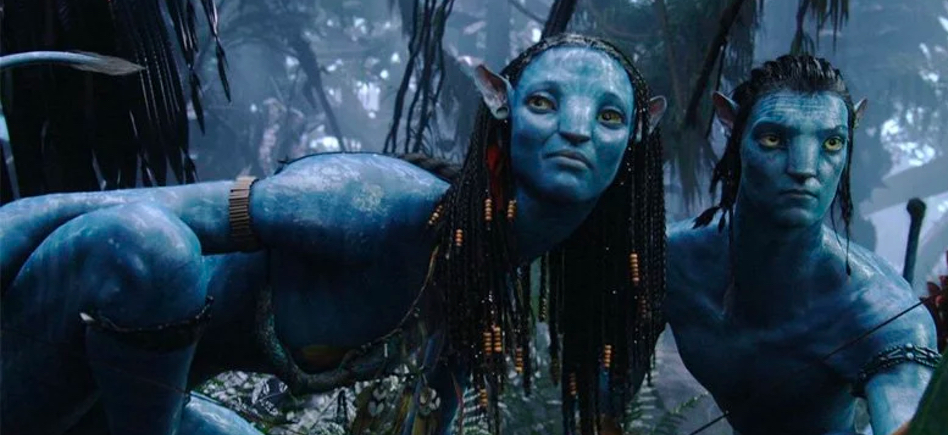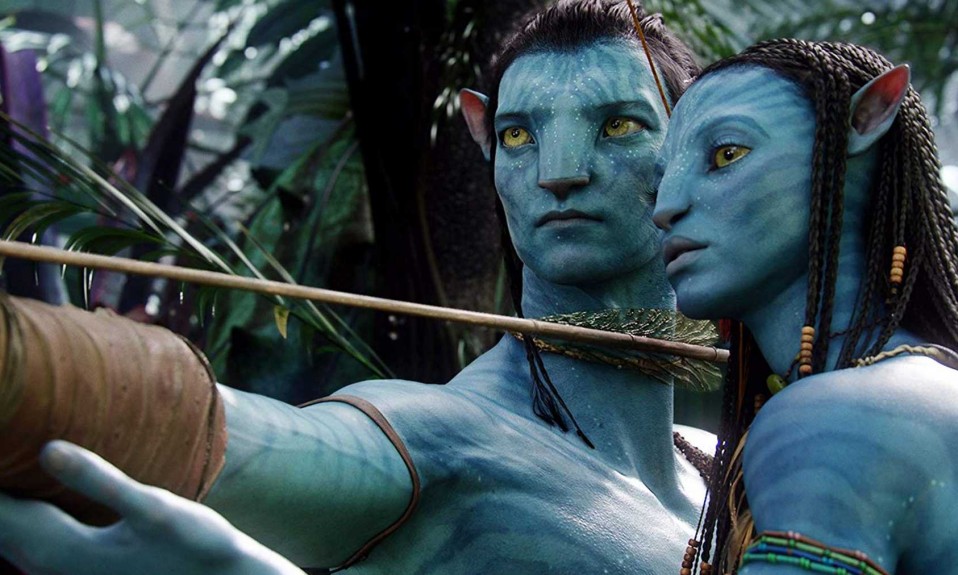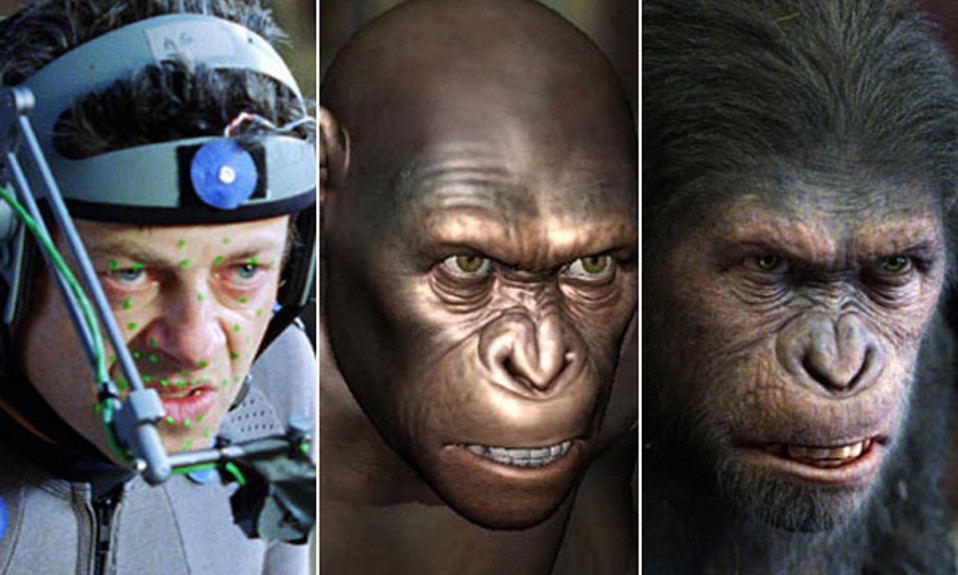In 2009, James Cameron’s Avatar took cinemas by storm. It quickly became the highest-grossing film of all time (a record that has since been beaten). The film had been in development for several years, along with Alita: Battle Angel, Cameron had been working on both in the years since Titanic, his previous film, which was released in 1997.
After technology finally caught up to his vision, development was paused on Alita and Avatar took centre stage (Cameron would eventually take a backseat on Alita, due to focusing on Avatar and it’s sequels). It was released to critical as well as commercial acclaim. While the film dominated the conversation in 2009, and sequels are planned, the film doesn’t have as passionate a fanbase as franchises like Star Wars or the Marvel Cinematic Universe (MCU), leaving some to question the demand for a sequel.
However, a lot has changed since 2009, both in the world of film and the world at large, and many of Avatar’s themes are more relevant today than they ever were…
Imperialism

The story of Avatar follows Jake Sully, a paraplegic marine who takes the place of his deceased twin brother and travels to Pandora, an alien planet whose atmosphere is deadly to humans. Sully and his team use avatars to explore the planet and interact with the local people, the Na’vi. After falling in love with one of the Na’vi Jake and his team of sympathisers switch sides, and help force the humans off the planet.
The final battle of the film revolves around the Hometree, a huge tree that, while considered sacred to the Na’vi, is on top of a large mineral deposit. Although Cameron has been understandably vague about some of the themes, he has hinted that the evil corporation may have connections with America and it’s pursuit of oil in other countries.
Cameron has stated the parallels to Iraq and Vietnam are “by design“. With a technologically superior military force, facing off against natives. While this has led some people to consider it an example of “The Messiah Complex“, a white man saving an indigenous people, a common complaint of several stories (and something Black Panther avoided) while others have disagreed with this, arguing that the main character is himself paraplegic, and actually discards his human body for his Na’vi avatar at the end.
Environmental Themes

While climate change was an issue in 2009, it has become a far more pressing concern in the decade since Avatar. James Cameron has actually “declared war” on climate change and the film is very overt with its environmental message, rivalling Wall-E. The brief mentions of Earth refer to it as having “no green” and a “dying planet”. Pandora itself has an atmosphere that is toxic to humans. The film is set in 2154. Scientists estimate the planet could be well on course for such a fate. The energy crisis that results in the humans travelling to Pandora is another problem we are facing today. Science fiction is a way for us to explore our hopes and fears, and Cameron is clearly showing us his fears.
The Na’vi have the exact opposite relationship with their home planet. An almost symbiotic bond with nature, they can literally connect to other life with their hair. Cameron hoped the film would make people reconsider their connection to nature. The film clearly takes the side of nature being superior, with the Na’vi winning with the aid of the creatures of Pandora. Jake is originally promised a fix for his legs if he helps the RDA but is given a whole new (and physically superior) body by choosing nature over technology.
The Sequels

Almost as soon as Avatar grossed $1 Billion at the box office, an (inevitable) sequel was announced. With several others planned, the first of which is aiming for a 2021 release date (although this is after several delays). With rumoured titles of “Avatar: The Way of Water,” “Avatar: The Seed Bearer,” “Avatar: The Tulkun Rider,” and “Avatar: The Quest for Eywa”, the ecological theme seems to run through the sequels as well. Although very little plot details have been given. According to some reports, Fox had to donate a considerable amount to Cameron’s environmental fund before he would even sign on for the sequels.
The sequels will likely follow similar themes of the importance of nature, but the titles hint at slightly more specific concerns. “The Way of Water” could be focused on rising sea levels and the damage of human waste to ocean life forms. “The Seed Bearer” could deal with plant life, and Tulkun Rider on creatures and their habitat. In the lore, Eywa is a goddess of all life, meaning the film could deal with our connection to living things.
Whatever the sequels end up being about, they will definitely be incredibly ambitious, as with all James Cameron films. He has planned this world in great detail and clearly has a lot to say. What messages it brings will be revealed when the films are released…














4 Comments
Comments are closed.